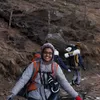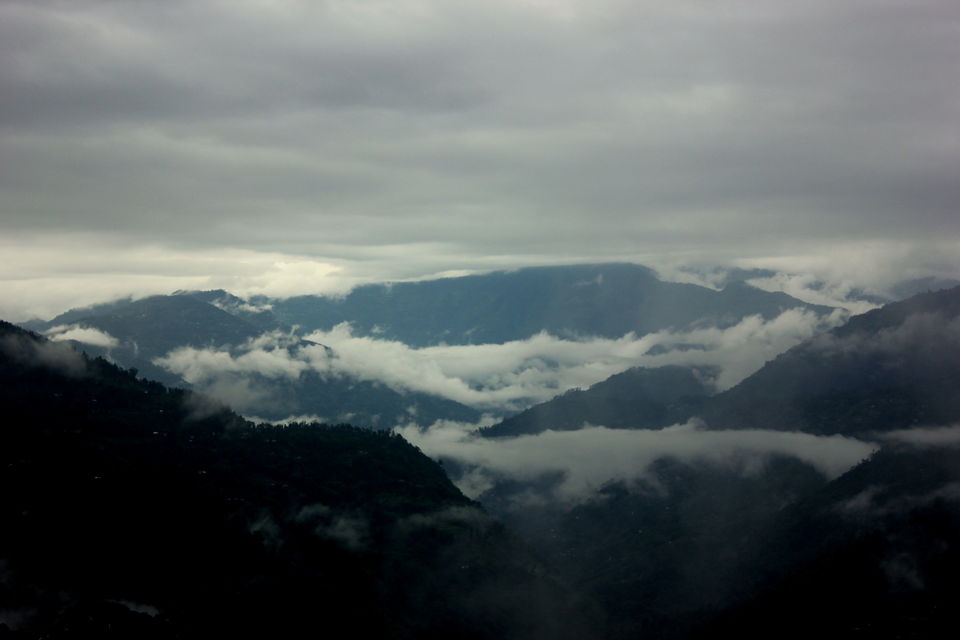
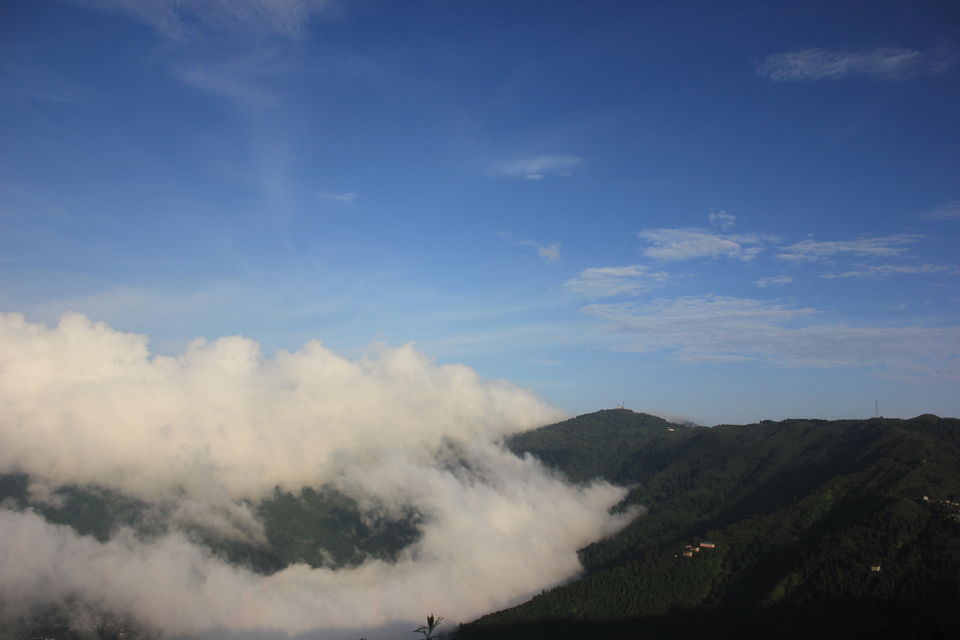
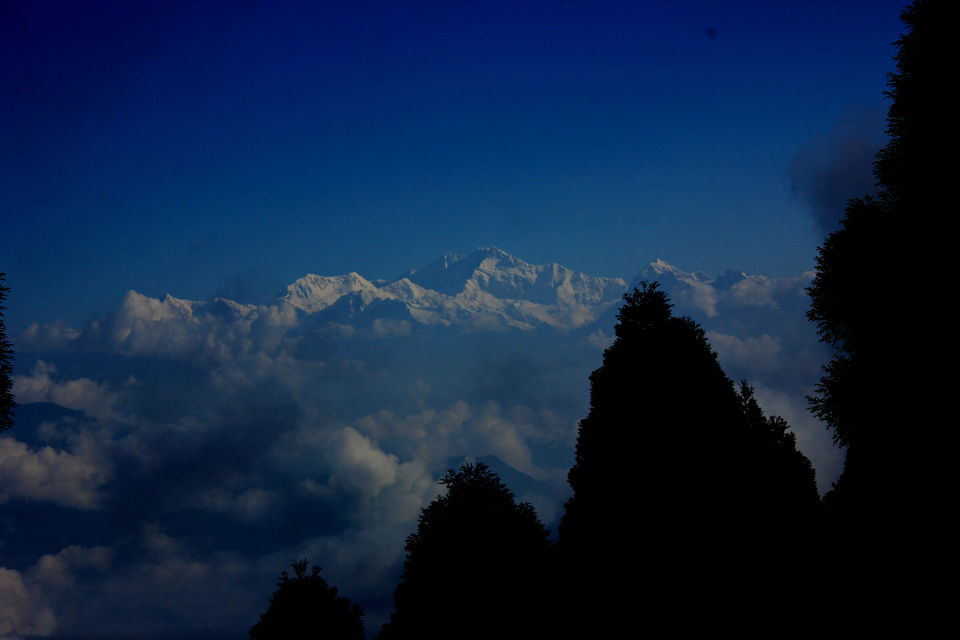
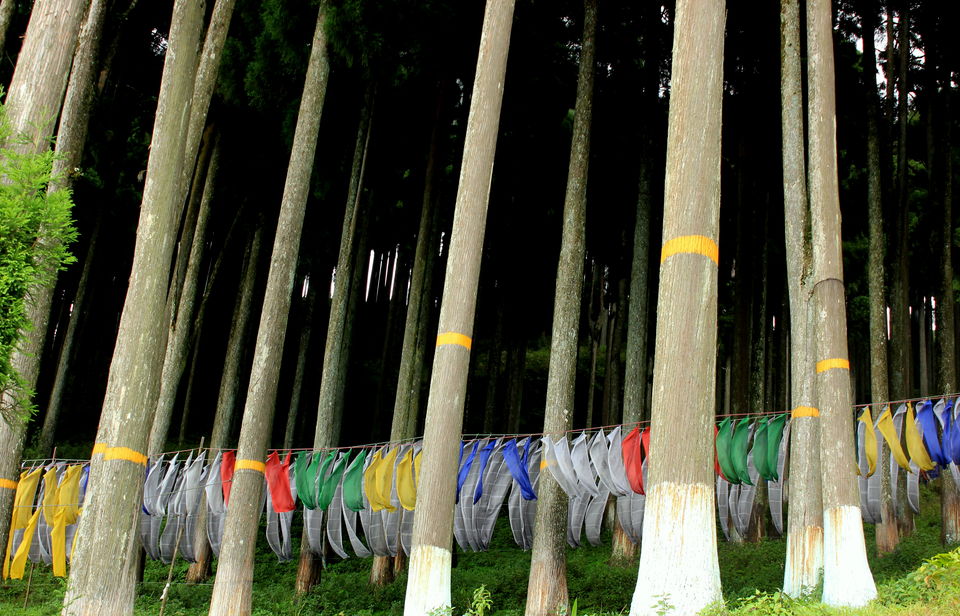
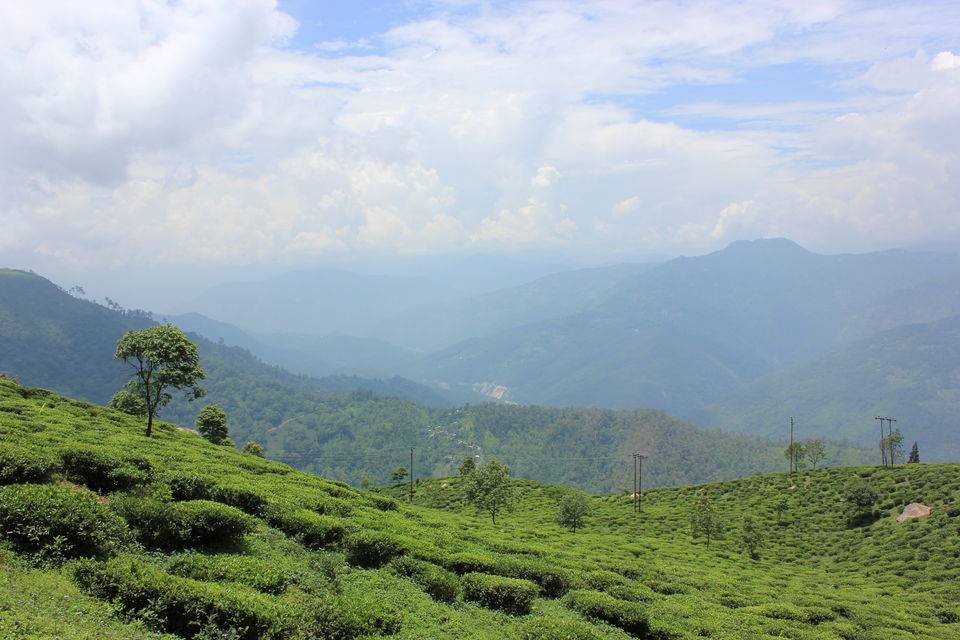
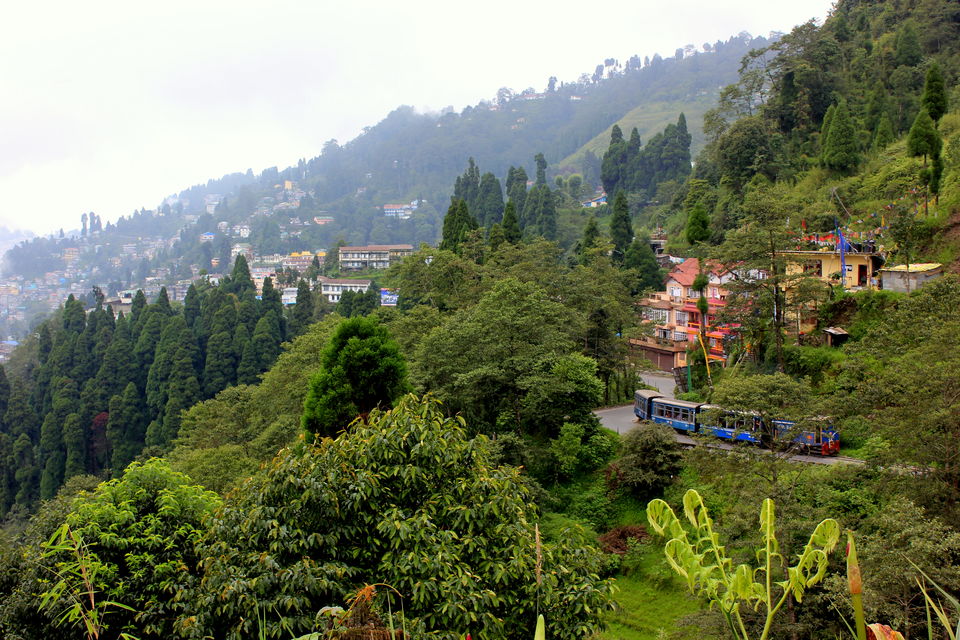
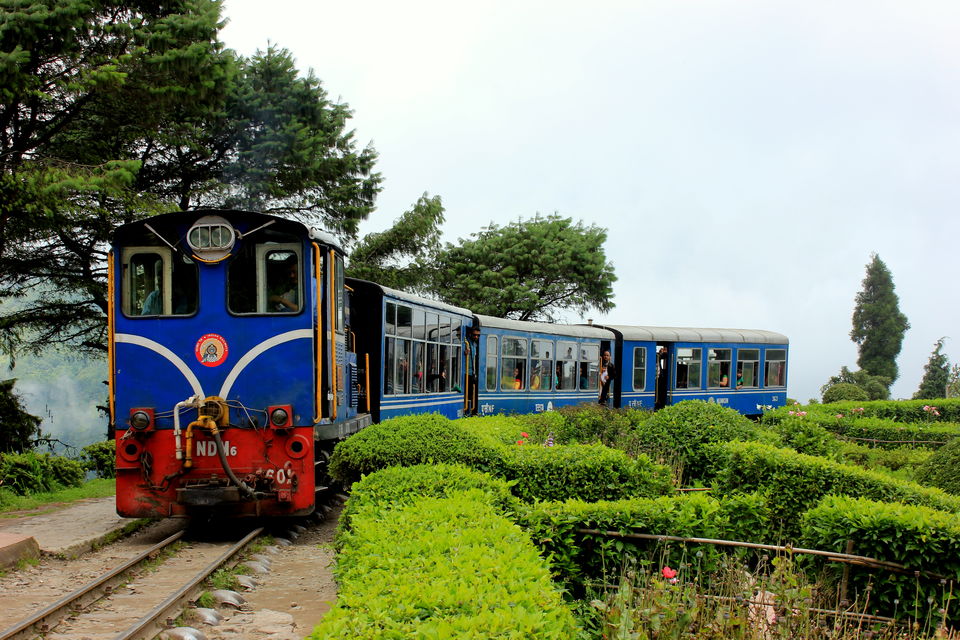
When you are travelling to the North-East of India, you expect to be feasting your eyes on the snow capped mountains, the sun rise and the greenery. You expect to wrap yourself in a stole while drinking that hot cup of coffee, bang in the middle of the month of June. You expect to visit all the monasteries. You expect it to rain. But what you do not expect is being driven to a tiny street to a person’s house in a place which is a difficulty to spot on the map. Amidst the pouring rain. The ‘it’s-pouring-cats-and-dogs’ rain.
And just like that, while visiting Pedong, a hill town on the West-Bengal-Sikkim border, I find myself in front of a house in the town of Aritar, a visit my Uncle said is a must-do. As I open my big, fat umbrella under the pouring rain, I still wonder why. But before I could wonder any further, we are welcomed in the house by lots of beautiful, potted plants in the porch, and a very excited man. The man is about my height-5’3, salt-and-pepper hair and the biggest smile on his face. It is now that we understand that we are going to be visiting his house, which is not only home to his children and grandchildren, but also to treasures collected by two generations; what these treasures were, we were soon to find out.
We walk into the house, led by the owner, and he ushers us into a tiny room, where we are surrounded by newspapers, piled away, coated with dust of time-newspapers staring from 1950s. To the left he points out a range of bound notebooks, arranged like a series of any best-seller, which are his dad’s journals. Out of that room and into another-we find ourselves surrounded with the most unique driftwoods I’ve ever come across-some growing out of stones, some hanging from the ceiling, some with stones of pastel colors. He tells us how his dad and granddad started these collections, and how it gives him the utmost joy to protect and organize them. We walk in and out of the house-out to see his collection of bonsai. And what a collection it was. I was not minding the rain any more, for I was too engrossed looking at the miniature trees. And then I saw what I always wanted to see, at the corner of his shaky greenhouse- a pitcher plant. It’s tinier, more colorful, and less vindictive than I imagined it to be. It isn’t how I expected it to be, but then neither was my day.
After we had walked through rooms showcasing all types of stamps, and currency, and error money notes and coins, which were by far my favorite (my brother and I challenged each other on finding what the error was), we walked through a room which exhibited old forms of electronics-from radios to watches to clocks. And on one of those many shelves, I find a shelf dedicated to cameras. Old film cameras, squeaky clean, still with a rusty kind of a shine. In the northern part of India, in a tiny, tiny town, in a cottage tucked inside narrow allies and streets, there lived a person who shared my interest. Photography. So many years ago, this camera must have given out such memories and smiley faces captured in its photographs. Someone must have held it, asked someone to pose once a while, and clicked the shutter button. And there, in rooms and rooms of history, I found myself a part of it.
How do you categorize this place? A museum? A store? A 24*7 exhibition? I would think of it as a time machine- the only place where I have seen the past and the present come together so harmoniously. A place which is independent in its own, has a sense of freedom, even with so much past attached to it. A house with lots of old stuff, how strange does that sound? But it doesn’t feel strange. You walk in, and everything, each bonsai in its pot, each coin in the framed wood box, each stamp in lamination, each driftwood in its place feels like it belongs. Like it has stayed here for years. Very literally.
I wouldn’t have wanted the tour of his house to end, but I guess there is only so much a person and his dad can collect and keep as a hobby. Between the rain and having to cross the overflowing drains, I reached the car, leaving behind the man with the huge smile and his amazing treasures without a thank you, something which rightfully belonged to him, but was with me. But that’s okay. He has something that belonged to me too-a part of my self which rests with the camera, on the shelf of the tiny room which electronics, in a cottage tucked inside allies and streets, in a tiny town of Aritar, in Sikkim.

